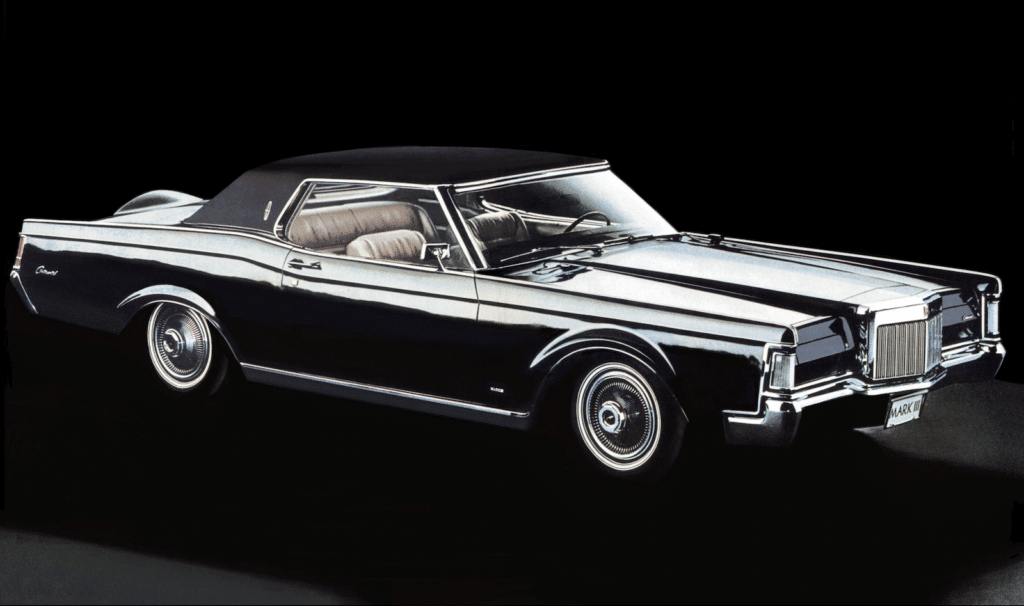
It is been 100 many years since Henry Ford acquired The Lincoln Motor Co. out of personal bankruptcy, an event worthy of celebrating.
Yet the Lincoln most remembered and revered by collectors, vehicle designers and pop lifestyle is the 1961 design, a car or truck that truly reset 1960s automotive style and design priorities with its clean up, unadorned flanks and very simple elegance and eloquence.
But its impact would lead to a automobile that debuted this 7 days in 1968, one particular that would influence Lincoln automotive layout for the following couple many years. It is the 1968 Continental Mark III, a car that continued a particular Lincoln lineage though redefining the brand’s style and design.
A car or truck born of a vacation
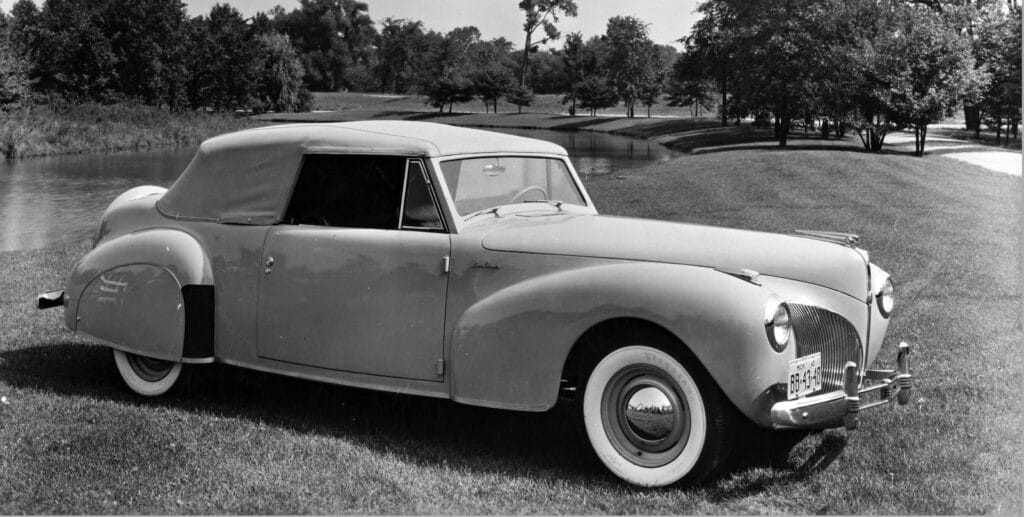
The 1968 Lincoln Continental Mark III had its roots in the initial Continental, which came about after Edsel Ford, president of the Lincoln Motor Co., returned from a excursion to Europe in 1938. He challenged the company’s guide designer, Eugene Gregory, to generate a thing very similar to the cars he saw though on trip, one thing continental.
The consequence was the 1939 Lincoln Zephyr Continental and priced at $2,640, or $53,500 altered for inflation. Supplied as a coupe or cabriolet, it was quickly embraced as a classic layout. Architect Frank Lloyd Wright, who deemed it “the most lovely car or truck in the earth,” purchased two. Eventually, 5,324 Continentals were being made by 1948, when Ford Motor Co. decided not to replace it.
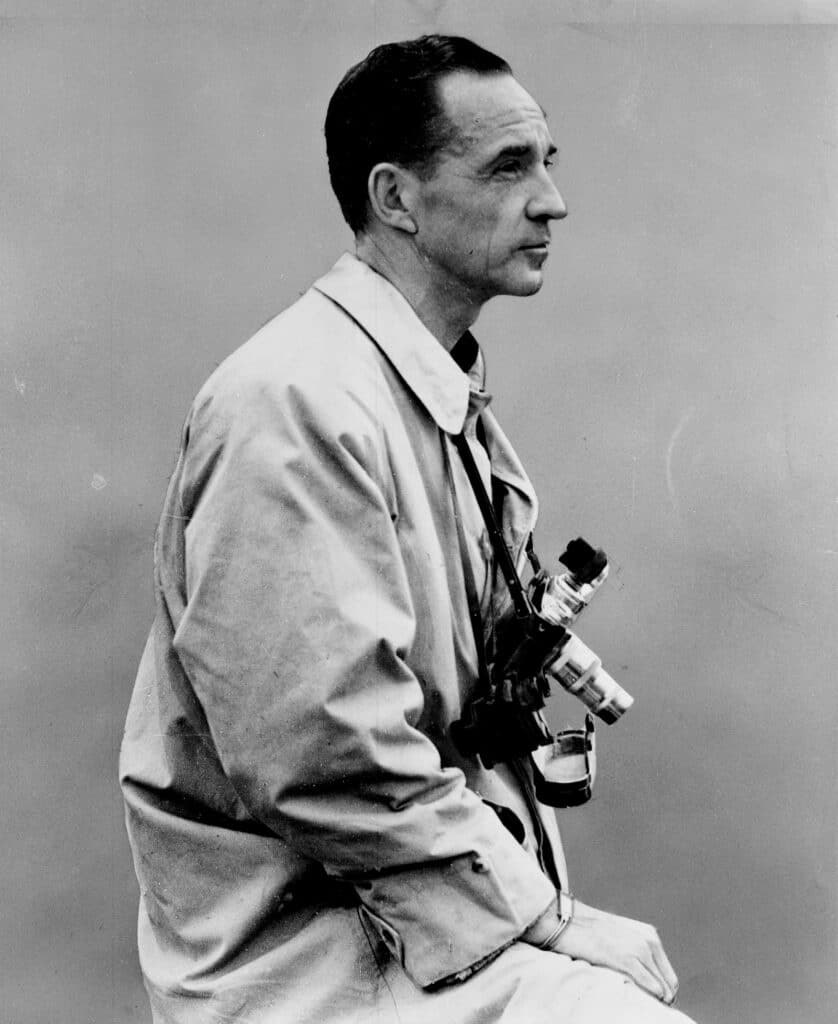
Accurately why continues to be unclear. Some sources issue out that the industry for this sort of automobiles had dried up. Others cite Edsel’s premature death in 1943, and the lack of eyesight for a new a single. But sketches for a new 1948 Continental were being regarded as.
A son’s tribute to his father
But dealers continued to pester Lincoln, inquiring when a new Continental was going to be produced. For William Clay Ford, 30, led the generation of a new Continental to honor his father in 1952, 1 that lived up to the authentic. Eschewing the garish chrome trim and outrageous tailfins common of era, the Continental Mark II wore timeless, sophisticated lines, and was bought through Ford’s new Continental Division.
Driven by a 300-horsepower 6.-liter V-8, and outfitted with every single conceivable advantage — air conditioning was the sole choice — the coupe price tag a staggering $10,000, additional than twice the price of other Lincoln designs, nonetheless Ford even now misplaced money on each individual just one. About 3,000 have been constructed before Continental was folded again into Lincoln.
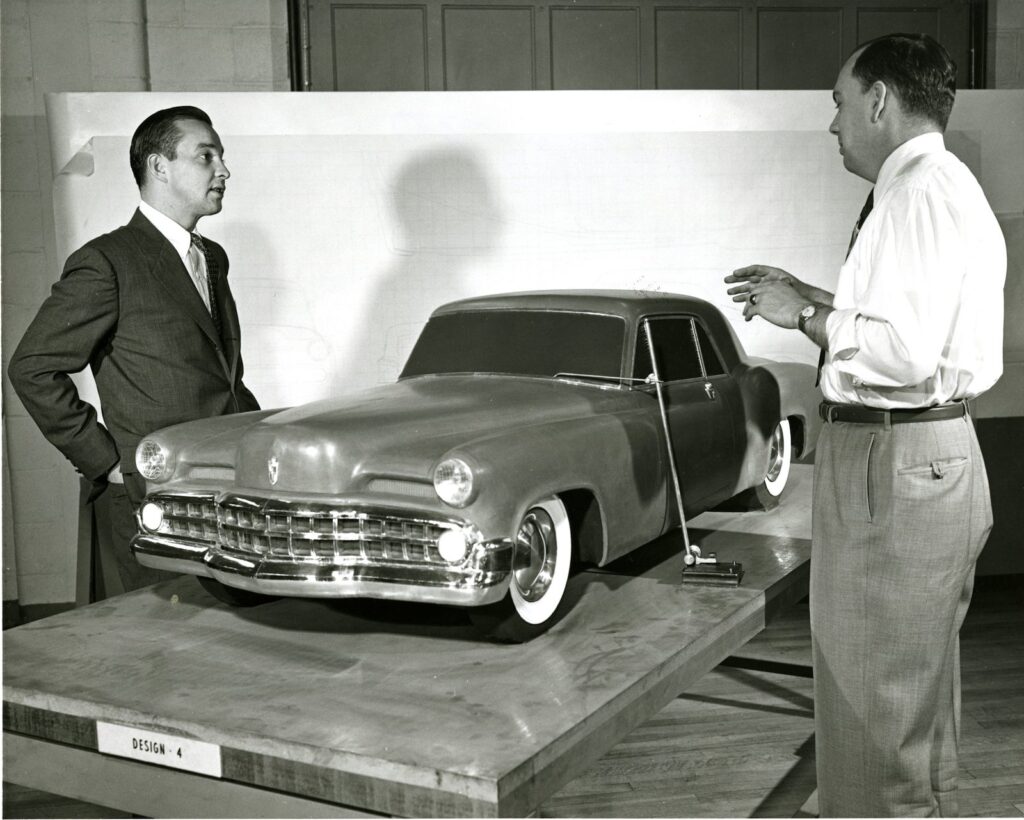
It is replaced by 1958 Continental Mark III, a vehicle that was every thing the Mark II was not. And even though it may possibly have been financially prosperous, its artistry was a different issue. The Continental name would be utilised on the 1961 sedan, a automobile that actually mirrored the original’s refined style, but a new coupe was not presented. It would acquire the eyesight of Ford Team Vice President Lee Iacocca to revive the hallowed identify.
A cellphone get in touch with begets a new Continental
The most recent Continental was born in 1965 as a own-luxury coupe. The vehicle would be named the Continental Mark III as Henry Ford II did not think about the heavyweight 1958-60 Mark III as correct a Continental. Company design main Gene Bordinat supervised its style, even though Hermann Brunn, whose loved ones had made custom bodied vehicles in the 1930s, was primarily dependable for its inside style and design.
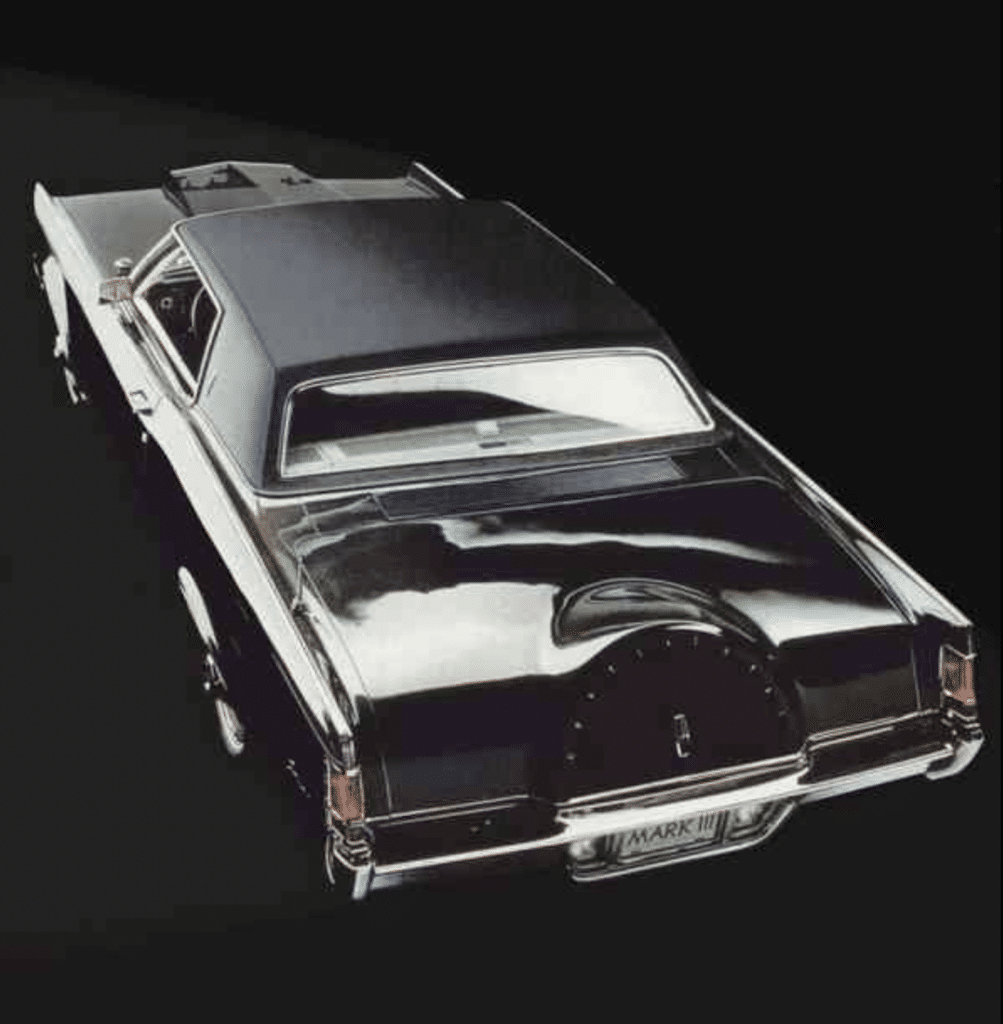
The car that emerged experienced updated hallmarks of the 1956 Mark II, as properly as a vinyl roof. But its neo-typical grille marked a turn absent from the modernist fascias that characterised Lincolns since 1961.
In accordance to Ford Motor Co. archives, Jim Farrell, who wrote the Lincoln style and design e book and personally interviewed a lot of of the designers, suggests that designer Dave Ash bought a call from Ford Motor Co.’s Group Vice President Lee Iacocca late a person night time telling him that he needed to see a front-conclusion structure for the new Mark that was evocative of the Rolls-Royce grill put on a Thunderbird. When he returned to Dearborn, designers experienced sketches all set, and Iacocca picked the one particular that ended up as the style.
What Iacocca wrought
But Iacocca’s request was not a flash of design inspiration Iacocca was no designer. But he realized what marketed, and it’s achievable that the inspiration for the grille arrived from an unlikely source: former Chrysler design and style boss Virgil Exner.
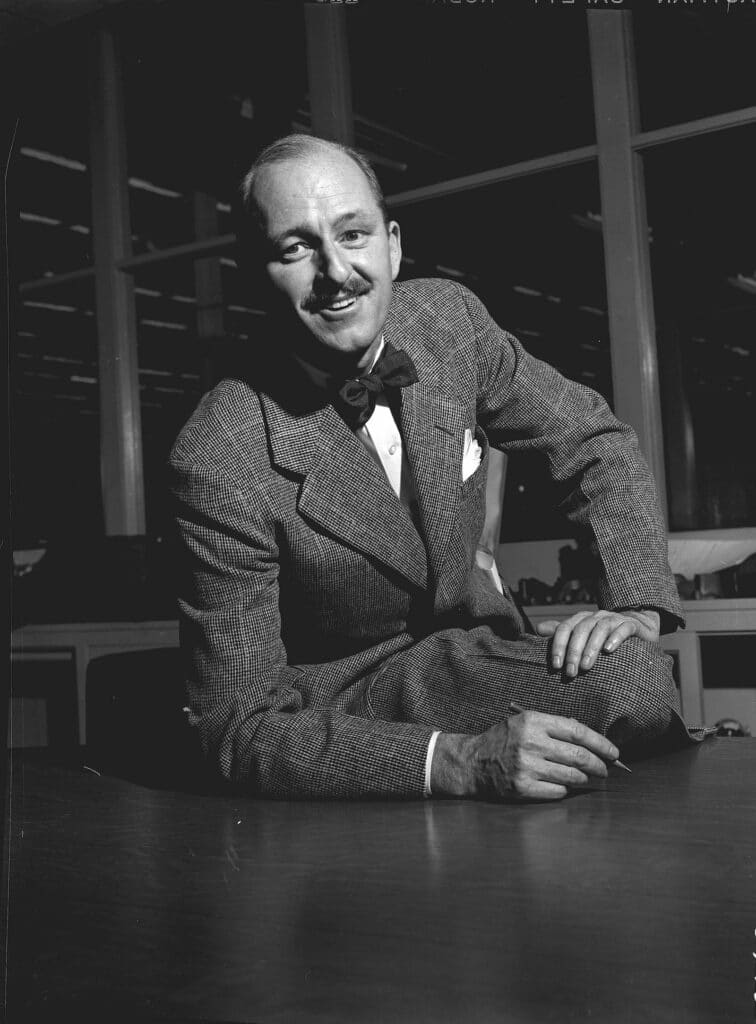
In 1965, as the Mark III task was starting, Fred Duesenberg, the son of Duesenberg enterprise founder August Duesenberg, made the decision to revive the marque, hiring former Chrysler style and design main Virgil Exner Sr. to layout the new car or truck.
The new car’s style employed 1930s styling cues, some of which had been found on early ’60s Chryslers, other individuals of which had not, like its very long hood, tall neo-typical vertical grille and padded vinyl roof. Absolutely absolutely nothing like it had been witnessed in advance of. But its impact on Detroit designers would manual their patterns for the better element of the future two many years.
Offered the popular publicity presented this new Duesenberg, it’s probably that Iacocca favored what he saw, and needed something equivalent for the new Mark III, which would also boast a prolonged hood, tall neo-traditional vertical grille and padded vinyl roof. It would even boast a fake rear spare tire bulge in the trunk lid, a nod to the rear-mounted spare tire of the original motor vehicle. Surely, its design and style was a departure for Lincoln, even as sure 1961 styling cues were taken care of.
While the Mark III retained the Mark II’s trademark very long-hood/limited-deck type, it owed its proportions to its use of the Ford Thunderbird system and inner system structure. It also borrowed its drivetrain and sub-dashboard assembly. A 7.5-liter V-8 with four-barrel carburetor manufactured 365 horsepower and 500 pound-toes of torque.
It was a good results, turning into Lincoln’s flagship vehicle. Soon, its ersatz classic cues popped up on the Lincoln City Automobile Versailles, and it would remain a mainstay of the Lincoln line-up into the 1990s. Its neo-basic design and style would are living on even as its style was modernized, one thing that would be eventually banished within the stop of Lincoln City Motor vehicle generation in 2010.





More Stories
Best Time to Visit the Dominican Republic
4 Practical Tips for Traveling Internationally With an Infant – MotherhoodLater.com
How to Get A Car From 1800 Charity Cars Donation-